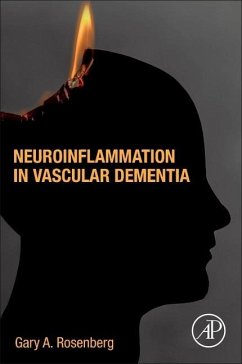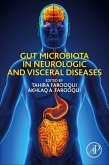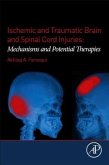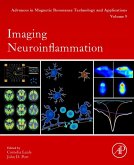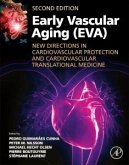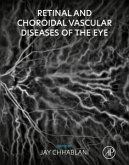Neuroinflammation in Vascular Dementia describes the molecular mechanisms that drive this transition to mixed pathology, along with the newer lifestyle and pharmacological approaches that can reduce the incidence of dementia. The book describes the practical aspects of neuroimaging methods, along with novel neuroimaging methods, using MRI, that are becoming important clinically. The author also discusses how the diagnosis of dementias will be greatly aided by biomarkers from neuroimaging, blood and CSF biochemistry and neuropsychological testing in the future. This information will be used in precision medicine to design treatment strategies based on the most likely causes of the disease.
Dementia research has undergone dramatic growth driven by current and projected increases in the aging of the population, and thus leading to a larger number of patients with dementia by 2050. Hence, advances in neuroimaging, brain chemistry, and genetics have accelerated our understanding of diseases that lead to cognitive decline.
Hinweis: Dieser Artikel kann nur an eine deutsche Lieferadresse ausgeliefert werden.
Dementia research has undergone dramatic growth driven by current and projected increases in the aging of the population, and thus leading to a larger number of patients with dementia by 2050. Hence, advances in neuroimaging, brain chemistry, and genetics have accelerated our understanding of diseases that lead to cognitive decline.
Hinweis: Dieser Artikel kann nur an eine deutsche Lieferadresse ausgeliefert werden.

